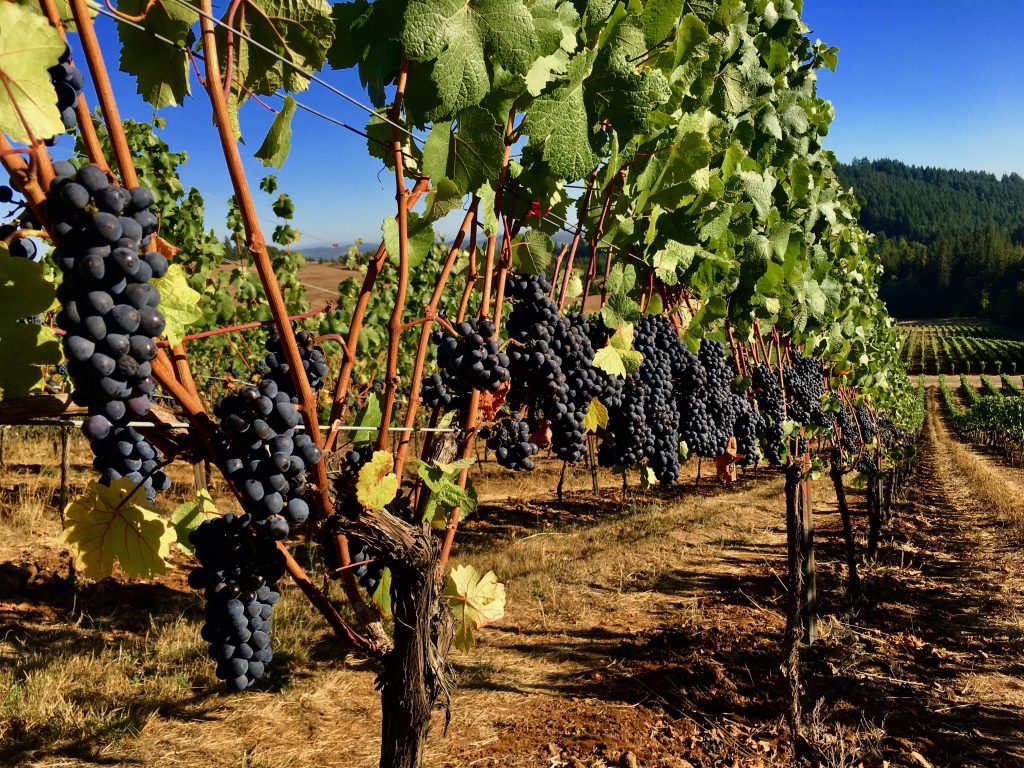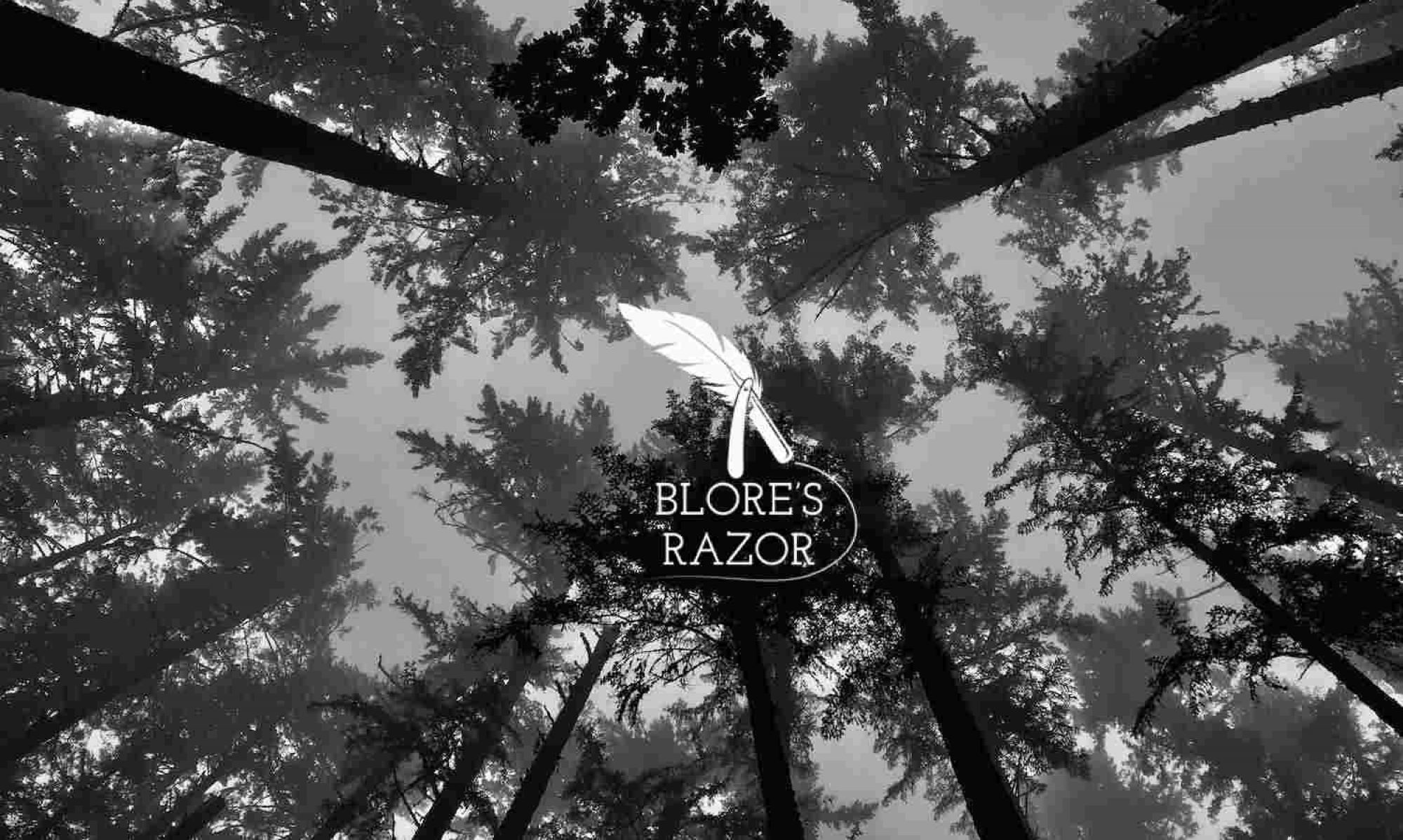There’s something intoxicating about constellations of city lights along a bridge or skyline. I stand in awe of these concrete, steel, and glass cathedrals of industry—the banks, the department stores, the tech companies, the historical structures—tracing the tops of their buildings, creating a jagged key of the unique angles from where I stand. It’s moments like these that make people forget the smell of skid row on a hot afternoon or paying half one’s salary to rent a hovel. As the glitz and grime rose in tandem, one day I woke up and San Francisco—my Gold Medal City—was no longer my home.

Gold Cities are the major metropolises of the world: New York, Tokyo, London, Singapore, Hong Kong, Paris, Cape Town, Buenos Aires, Sydney, Rio de Janeiro, etc. These places have made it. They have achieved global relevance due to their density. They are crowded with structures, machines, events, wealth, and bodies—the ingredients of a dynamic financial and cultural economy. They are marvels of human achievement but can be cold to the touch, gilded and exclusive, blind to strangers. They are littered with wide eyes and empty pockets, company cars and expense accounts.
Just as many New Yorkers bemoan their love/hate relationship with their home, I grew tired of the coarsening demeanor of San Francisco. What had once been a nice place with open arms and a beating heart was going into cardiac arrest after a binge of evictions. Tent cities sheltered the displaced. Little boys with computer science degrees masqueraded as businessmen and fancied themselves the emperors of modern Rome.
What’s left when teachers, janitors, families, and artists can no longer afford apartments in a city? A one-bedroom (747 square-feet) in SF goes for $3,683. Oligarchs with fuck-you levels of wealth have multiple homes while most people are stuck on the unending treadmill of rent. The bigger houses are, the less they get used.
San Francisco also now leads the nation in property crimes and theft. Residents are desperate and hardened, some of them addicted to opiates and other drugs. The gritty underbelly and exorbitant cost of living in a Gold City push people out—or like me, they leave voluntarily. And having developed a palate for good food and culture, a village wasn’t an option. I opted for what I call a Silver City—a welcoming mid-sized town with sufficient density to cultivate some of the best features of a San Francisco or New York.
Silver Cities are accessible and comfortable for musicians, writers, and other artists who grow with the region as they shape it. These places are often college towns in the Goldilocks zone of affordability, amenities, and social mobility. They are more casual, amenable, and sincere than Gold Cities, with less traffic and materialism.
Overall, in Silver Cities, wealth has not overwhelmed the culture. Those with few resources can still shape the area with their relationships and creativity. These community members are producers and participants. By contrast, grandiose Gold Cities contain awe-stricken consumers and ossified power, where wealth dictates what’s seen, what matters.
I’ve traveled around 42 U.S. states, visited dozens of cities, hundreds of towns. Our Gold Cities—among the largest metro areas in the country—include San Francisco, New York, Los Angeles, Seattle, Chicago, Washington DC, Houston, Austin, and Miami. There are even some larger cities (>200,000 people) that still feel like Silver Cities on the ground: New Orleans, Portland, Boise, Philadelphia, and Minneapolis come to mind. And then there are the real Silver Cities, which often receive the creative spill-over from their larger counterparts: Eugene, OR—the town my partner and I chose to call home—is my favorite example with its thriving university, beer culture, bike-friendly streets, vibrant parks, and weekly community market. Other Silver Cities I’ve visited include Fort Collins, Flagstaff, St. Petersburg, and Knoxville.

Not every place fits neatly into these categories, of course. Some long-time residents of Gold Cities like New York might consider the Village or Park Slope their own cozy Silver Community. However, there is a big difference in the energy on the ground from a visitor’s perspective.
When the creatives and other locals leave Gold Cities—the artists, teachers, long-time residents—there’s a palpable void that new wealth can’t fill. Silver Cities stand to benefit from the exodus and receive these people with open arms.
A new friend told me that Eugene peaked in 2014 when the downtown had been revitalized but everything was still affordable. I suppose one person’s Silver is another’s Gold, depending on their experiences, income, and other opportunities. Maybe one day I’ll wake up and feel Eugene flirting with Gold status. After all, we are hosting the World Athletic Championships for track and field in 2021—the first time this international event has come to the United States. In preparation, Nike billionaire Phil Knight is rebuilding the historic Hayward Field and the construction of new hotels and other facilities is rampant.
I just know that right now, to me, Eugene feels perfect—snugly in the zone of world-class culture at a fraction of the Gold price. Friendly, not too crowded, and so damn beautiful.

